Within a decade, Germany must replace 85 of its Tornado multi-role combat aircraft.
The author of this article, Gary Schmitt, is co-director of the Marilyn Ware Center for Security Studies, American Enterprise Institute.
Designed and built in the 1970s by a consortium of British, Italian and West German aircraft companies, the Jets have reached a point of diminishing return when it comes to maintenance and modernization. In 2015, for example, it was reported by the German press that only 30 of the planes were combat-ready at any given time. Plain and simple, the Luftwaffe needs a new aircraft.
In May of last year, the German air force asked to be briefed on the F-35, the stealthy, multi-mission, 5th-generation aircraft. Then, in November, Lt. General Karl Müllner, the Luftwaffe chief of staff, indicated his service’s preference for replacing the Tornado jets with the F-35 because of its low-observable signature and its ability to identify and strike distant targets. “I think I have expressed myself clearly enough as to what the favorite of the air force is.” Given Russian advances in ground-based air defenses and combat aircraft, the general’s comments were not surprising from a military point of view.
But the general’s remarks may well have been a surprise to his government. In December, the Deputy Defense Minister Ralf Brauksiepe pushed back against the idea of replacing the Tornados with F-35s by simply noting that this was “not the position of the federal government.” Instead, the ministry stated that the Tornados would be replaced with the Eurofighter, an aircraft originally designed in the late 1980s and early 1990s to be an air-superiority fighter but which has evolved into a multi-mission platform. Like the Tornado, the Eurofighter is built by a consortium (Germany, Italy, UK and Spain) of European nations.
Not that the Eurofighter is a second-rate plane. It can climb at a high rate, it’s manoeuvrable, and it has a maximum speed of well over Mach 2. In each of those categories, it is superior to the F-35, more comparable to the U.S. Air Force’s F-15. But that’s the rub, it was designed principally for late Cold War aerial combat—dogfighting. Despite upgrades to the Eurofighter, the Russians have modernised their fighters as well, with the Su-35 being perhaps the top non-stealthy, air-superiority aircraft in the world today. Add in Russia’s advanced integrated air defences, and you are asking a Luftwaffe pilot to bring a knife, albeit a very capable knife, to a gunfight.
There is a reason other European allies—the Brits, the Danes, the Italians, the Dutch and the Norwegians—have opted for the 5th-generation jet over 4th-generation alternatives. In 2016, the Danish government ran a competition between the F-35 and possible alternatives, including the Eurofighter. The conclusion: “Under survivability and mission effectiveness, the Joint Strike Fighter comes out better than the two other candidates. This is due to a number of factors, including for example the low radar signature of the aircraft as well as the application of advanced systems and sensors that enhance the pilot’s tactical overview and ensure the survival of the aircraft and efficient mission performance.”
Neither plane is cheap. But as aviation industry authority Richard Aboulafia has noted, the Eurofighter “had the costs of an F-35 without the modern features.”
So why the preference for the Eurofighter by the German government? The first and most obvious reason is that, unless there are new orders, the Eurofighter production line in Germany will be forced to close and, with closure, well-paying jobs and expertise will be lost. However, so goes the defence aircraft industry, as American lines for the F-16 and F-18 also face this prospect.


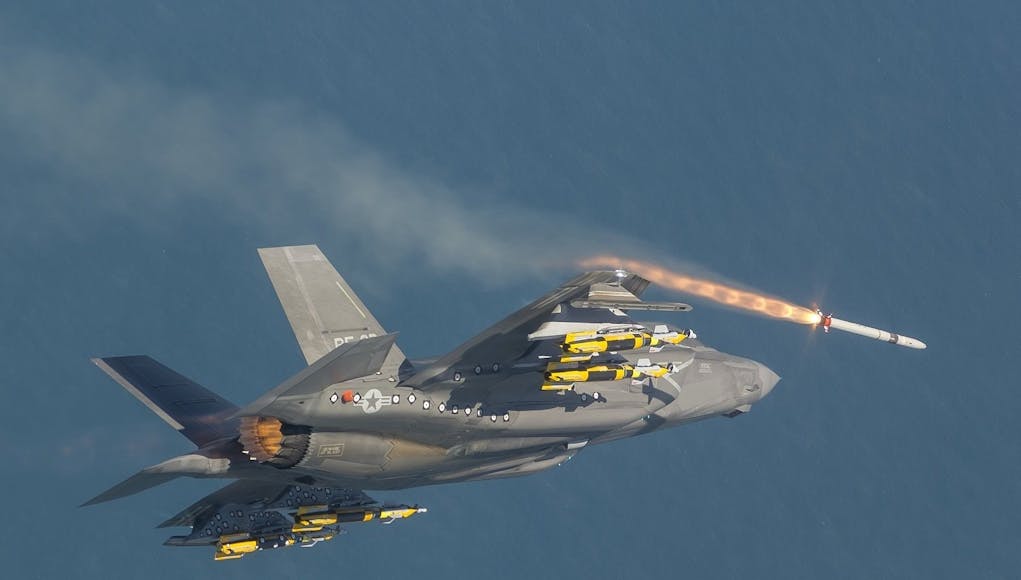

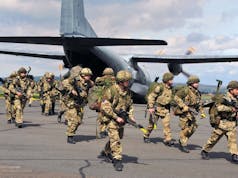
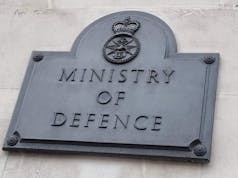
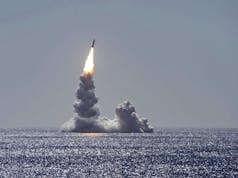

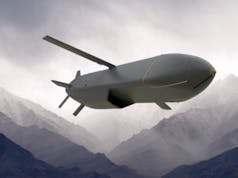




Aarghh…. do your homework Schmitt. I’m sick and tired of people saying that Eurofighter is an air superiority fighter that has ‘evolved’ into multi-role combat aircraft. From the very beginning EF was DESIGNED as a replacement for Jaguar and that aircraft is a ground attack jet, therefore EF was ALWAYS going to have an air to ground capability! His comments would only be correct if he had said that EF was not designed as a Tornado replacement.
Rant over….
Errr pretty shore it replaced the F3 tornado that in turn replaced Phantoms. So yeah it was an air superiority fighter from the outset, if you want proof its the fact that the original aircraft only had two light wing pylons for short rang AA missiles, a centerline for a drop tank and four semi internal pylons capable of only taking AA missiles. No capacity for ground attack ordnance.
It did Harry but at same time Mark is right. Eurofighter was originally planned at 250 aircraft to replace the Phantom and the last of the Jaguars.
I still have the books from the 80’s with that mentioned.
Initially with air defence role and ground planned for later.
Interesting. I was aware the typhoon order was supposed to be higher, but just presumed jaguar was cut early with no replacement.
Maybe, but when it came it to service is was an air superiority fighter which as evolved in to a multi-role. It was only originally a multi-role on paper, so the author is still correct in any sense that matters.
Do you want a European 4th generation combat aircraft or a USA ( but a global manufacturing base 15% in the UK) 5th generation one?
I would take a 5th generation aircraft every time.
Looks like the UK outwitted Germany by committing early and securing itself Level 1 partner status.
Being a level 1 partner in the F35 program was the best defence industrial procurement decision of the past 50 years.
Mike – I used to think that as well until I realised that Italy (a level 2 partner) had landed a full production facility and then lifetime major airframe maintenance for all European aircraft (apparently including UK F-35s) on the back of little up front investment and ordering 90 aircraft.
And then I found out that Turkey (a level 3 partner) landed the contract for major maintenance of all the P & W engines for European (and other) aircraft (yes including UK ones). Turkey was also (in 2009) signed up to build centre fuselages for all types but politics killed that idea. All on the back of 100 orders.
And this week we find out that Israel will be building complete wingsets for 811 aircraft. On the back of 20 (possibly 70) orders ….
I have said it before and will say it again: While we will make more money from the 15% we do build than the cost of the 138 we expect to buy we have been royally shafted by the Yanks. How did we EVER get into a deal where we have to freight airframes to Italy and engines to Turkey for maintenance? I mean when was the last time Turkey designed, developed and manufactured a state of the art jet engine?
Israel are effectively getting their F35s for free thanks to the US taxpayer, nice deal if you can get it. Just thought i’d mention that to REALLY wind up the anti-Israel mob 🙂
The UK shafted itself. All of these contracts were open for bid. The UK couldn’t win one.
Taken from the full article (Link above) which if it had been included would have painted a much bigger picture than the one on display:
“Equally important to Berlin, however, is the July 2017 announcement that Germany and France had agreed to work together on the design and production of a new, presumably 5th-generation, fighter jet that would replace the Eurofighter and France’s Rafales. Given the emphasis both capitals are now putting on greater defense cooperation within the European Union, it’s no surprise that Berlin fears that buying F-35s now might lessen the necessity of developing a new Franco-German aircraft.
The idea the France and Germany have the political will power and economic resources to develop a 5th generation combat is laughable.
F35 cost US$55bn to develop and nearly 20 years to get into service
Lack of Political will power I agree about but, if they had that, then US$55bn shouldn’t be unachievable especially over a long development cycle and split between 2 countries with maybe a few other partners a bit like the F-35 partners. For context, the cost of HS2 is now put at £56bn and the U.K. looks as if it’s going to fund that all on its own. Ultimately I agree with you though, the competing national interests and likely squabbling about who gets which bits of the development work, and I agree it would be a very sizeable pot to squabble over, would likely derail such a project.
$55 billion was for three variants of an aircraft, the Typhoon replacement will be single type so cheaper. As others have said it will be scuppered by (French) demands over workshare.
To insinuate the German Tornado IDS fleet needs replacing die to being worn out is plainly disingenuous.
The real reason is simple starving of funding for maintenance, upgrade and spares.
The fact that they struggle to get 30 airworthy at any one time, ( no mention if this number consists of deployable combat ready airframes) makes the force virtually useless.
And they want to replace them with the F35 … A very expensive aircraft to buy and support and one the Germans will never use operationally … What a joke!
A joke ? No, a scandal.
Chris, exactly right! GB has the largest order of any Euro nation at 138 which let’s be honest is never going to happen, and the highest ‘investment’ in R&D etc. The real value commercial contracts have gone elsewhere!
Well done Italia!! Who would ever choose a 4th gen fighter over a 5th? Exactly.
They won’t be delivered by 2030, that’s for sure. But considering the F35 is effectively replacing the Harrier and Tornado I think they will definitely order 138, I think it will be 48 F35B and just under 100 F35A.
Having a F35 final production line is not the bee all and end all. We will build 15% of everyone of the nearly 3000 airframes to be built for the Americans alone. We will make far more money from that.
And the share is more than 15% for everyone’s B variant because we do the lift fan as well.
Could just piggyback of the dutch like they do with there ships. Such a shame to see another great country fall to taters.
I do hope we can wrestle back some of these maintenance agreements. Israel has been allowed access to the source code and the facilities to service their own aircraft (Understandably), but the same arrangements would be nice for the UK also!
The Atlas (A400M) is a classic example of workshare arrangements gone wrong. I understand Italy left the program altogether.
I thought that we did eventually win the battle to get access to the source code. If we didn’t then as the only level 1 partner it’s shocking if Israel got access and we didn’t. I think the argument went all the way to US Senate didn’t it with at least one senator very anti the U.K. getting access (I’m not sure if that was a specific anti U.K. objection or a blanket no-foreign-country-sees-it stance).
I was going to argue that Israel had a better track record of protecting sensitive US intellectual property, but that’s not really true as the US believe they sold designs for their experimental LAV project to China which was heavily based on the F16 and now the J10 in China.
It is a shame we didn’t reach an agreement at a very early stage (as the only level 1 partner), to assemble all European F35’s at Warton.
Unfortunately, the political will wasn’t there and BAE Systems (aircraft) really are a “Systems” company these days, quite content to build component parts and avionic systems.
They will be quite happy to get rid of Warton to save money and maximize profits one day.
And that day will be a very sad one…..
BAE systems will build 15% of every UK and American F35, That’s nearly 3000 aircraft! Europe will never buy anything close to that number. It’s a multi national program. We are the only tier 1 nation alongside America, we have all the expertise and research & develepment in this country. It doesn’t matter one bit if the port wing is made in Italy or Turkey or anywhere else. The real money and knowhow comes to the UK.
As more comment above, an even better workshare for worldwide B variants due to the lift fan being a U.K. component as well.
“As more comment above” = “as per my comment above”.
I agree, it was a brilliant decision. Assembly lines come and go, level one design and 15% of everything is bankable.
But looking at it the other way – it was a good outcome for the US as well. Could the B variant have been built without the UK? BAE cashed in its chips at the right time and got the best it could from its VTOL expertise built up over decades.
And it sets Britain up nicely for a Typhoon successor. What 5th gen experience do France and Germany have now? They neither build nor own 5th gen platforms – it’d be completely starting from scratch. The BAE/TAI project is already in development.
My point being assemble as well as 15% component build.
Perhaps we could have done better had the horse we
originally backed, (the joint BAe McDonnell Douglas design) not been shot in the stalls on starters orders!
The reality is we were along for the ride from that point on, we just had to pick Boing of LM and plead for work share.
The future of UK Military air systems is (in my opinion) entirely down to getting involved in US led (along with Japanese, South Korean player’s) projects from day 1, with real input and UK design and manufacture.
European projects will only lead to this capability being extinguished once and for all.
Its a shame, but there it is….
This is one to watch. The Germans are in a bind. They can’t really order F-35 without upsetting the French and the agreement for joint Franco German development of a 5th generation fighter. Their Tornados are unserviceable. We should absolutely press Typhoon as a ‘tactical’ face saving buy.